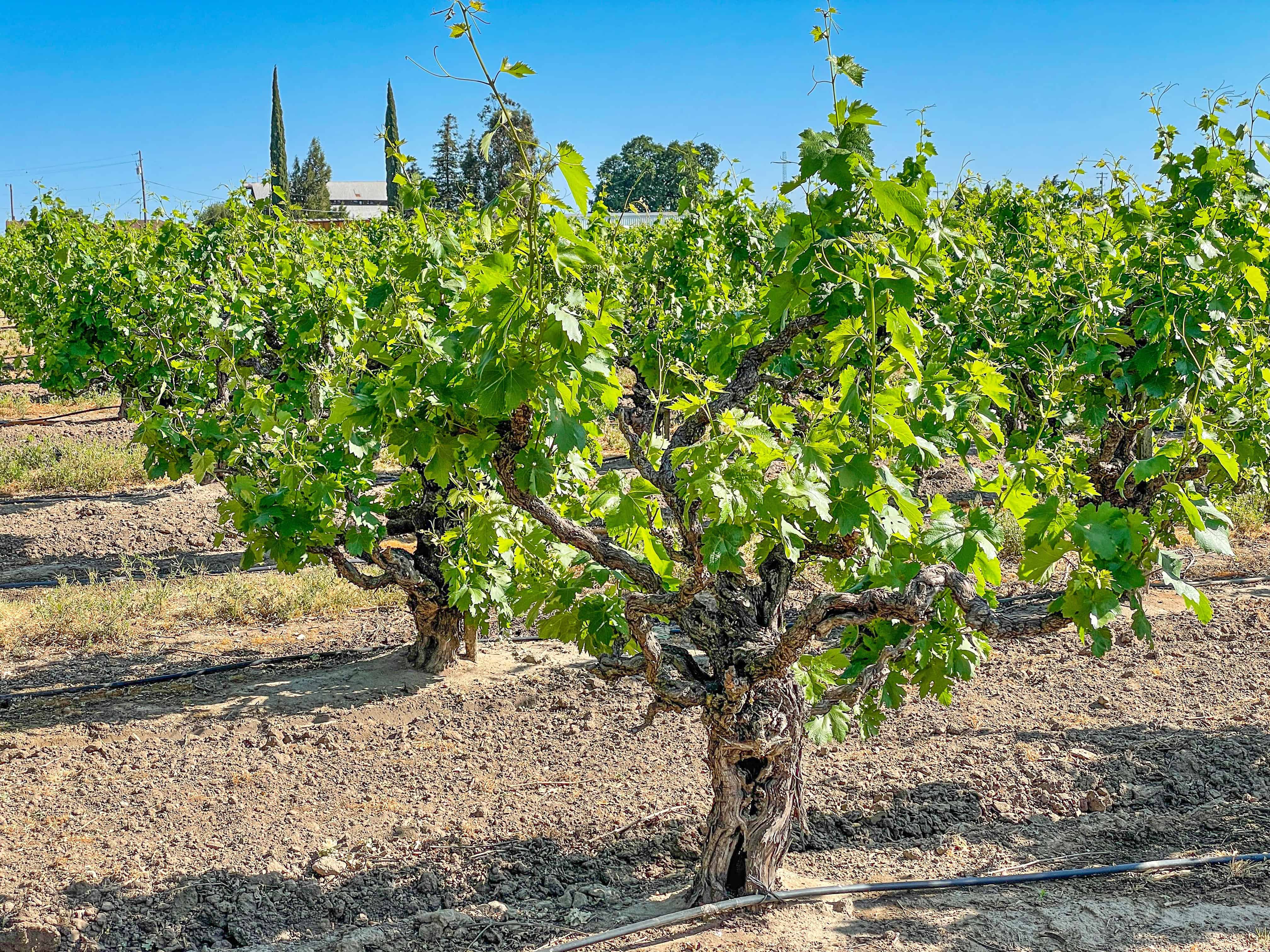It’s not every day that an official European government body makes a decision and notes that it’s informed by work that you’ve done personally.
But last week, the OIV (General Assembly of the International Organisation of Vine & Wine) formally adopted Resolution OIV-VITI 703-2024 “OIV definition and recommendations about old grapevines and old vineyards in the vitivinicultural sector.” and in announcing it, specifically cited “the significant engagement of the following initiatives, the ‘Old Vine Conference,’ the ‘Old Vine Project,’ the ‘Old Vine Registry,’ and the Italian ‘Censimento Vecchie Vigne.'”
As the guy behind the current incarnation of the Old Vine Registry, I’m extremely proud that this little project has helped even a small amount in furthering the wine industry’s awareness of old vines and their value.
The OIV Definition
The adopted resolution was the result of an extended discussion among OIV experts on the Commission on Viticulture and was based on a specific official consultation among the OIV Member States. In conclusion, the OIV Delegations agreed and resolved that:
- An old grapevine is a single plant officially documented to be 35 years or older regardless of any other factors. In the case of grafted plants, the graft connection between rootstock and scion should have been undisturbed for at least 35 years
- An old vineyard is a block of vineyard terrain, continuous and legally delimited, where at least 85% of the grapevines correspond to the previous definition

Why Define ‘Old’?
The OIV cited a number of considerations for why such a definition made sense industry wide. These included:
- The environmental, social, and economic benefits of old grapevines and vineyards – especially concerning heritage, cultural, image and oenotourism aspects in meeting the sustainability objectives of the vitivinicultural sector
- The heritage value of old grapevines and vineyards is important for the vitivinicultural sector, and they deserve recognition and protection for their study in terms of their genetic diversity, agronomic capacities, quality, sustainability, and traceability objectives
- That a definition of old grapevines and old vineyards may be useful for the vitivinicultural sector in recognizing the value of products they deliver and enhancing communication about vineyards’ longevity
- The relationship between old grapevines and the potential qualitative values of products resulting from them
- That the definitions of old grapevine and old vineyard are useful not only as a supplementary tool to protect viticultural heritage territorial or to highlight current condition of vineyards but also to promote the plantation of new vineyards for the long term (i.e., planting vineyards to grow old),
- That the concept of old grapevine could become closely associated with a balanced interaction between root development, plant vigor, and impacts on wine quality, being necessary to clearly identify and quantify the characteristics, in addition to chronological age, that are associated with a grapevine considered to be old
These are, of course, among the key factors that led to the creation of the Old Vine Registry.

In light of the OIV’s definition, we’ll be aligning our standards at the Old Vine Registry accordingly. We already defined 35 years as the threshold for inclusion, but we are now going to also be using the 85% criteria for qualification as well.
How You Can Help the Cause
We’re chugging along towards our goal of registering 10,000 vineyards by 2027, but we need more volunteer vine hunters that are willing to do some research and legwork (occasionally tedious) to get more vineyards in the registry. As a non-profit entity created and maintained entirely by volunteers, we’re dependent upon the goodwill and donated time of others.
If you’d like to volunteer some time to help us fill up the database, we’d love to make use of whatever time you’ve got. I’ve got a long list of research and outreach projects big and small that are waiting to be done. They range from basic web research to see if you can find information about the vineyards behind wines that are labeled “Vieilles Vignes” or “Vecchie Vigne” to more complicated outreach tasks (sometimes in other languages) where you’ll be trying to convince organizations who might have larger chunks of data to give it to us.
Please reach out to me at oldvineregistry at gmail.com if you’re interested in helping.
We Also Need Financial Support
The Old Vine Registry was built with a generous initial grant from Jackson Family Wines, but we are in need of ongoing funding to do everything from pay for hosting costs to continue to develop and improve the functionality of the website.
Here are some of the things that I’d want to develop in the coming months if we had the available funds:
- Advanced search functionality, that will allow parametric search of the database so that you could, for instance, easily find all vineyards older than 100 years in Spain that contain Mourvédre and Grenache and are above 300 meters of elevation
- Integration of maps so that when we have coordinates for the vineyards a map showing the vineyard is embedded directly in the page
- The ability to have multiple photos for each vineyard and to show photos of vineyards in the search results
- The ability to simply browse through vineyards visually as a way of exploring the database
- Etc.
If you or someone you know are interested in supporting the world’s largest and most authoritative database of old vineyards, please reach out.